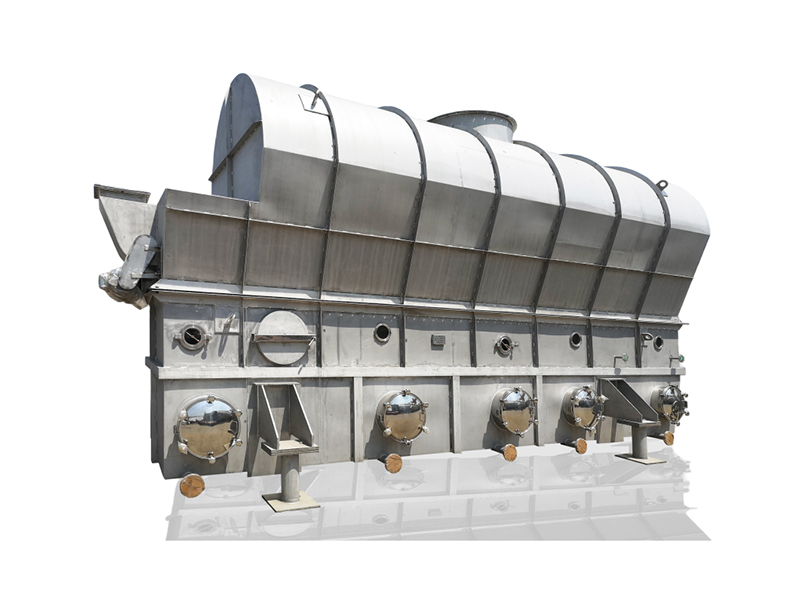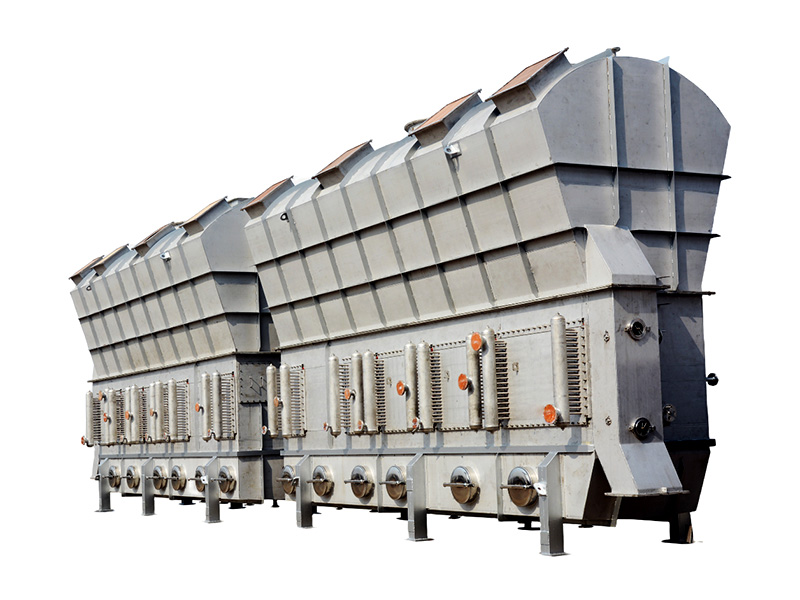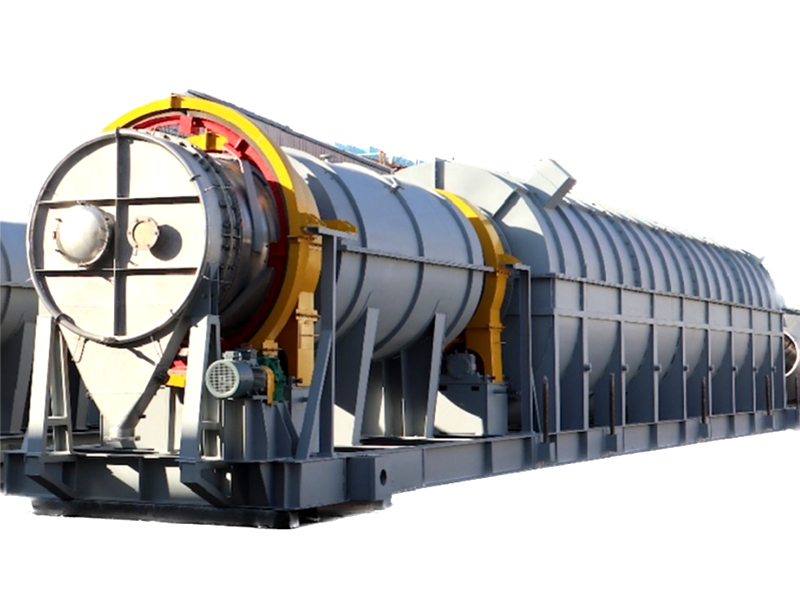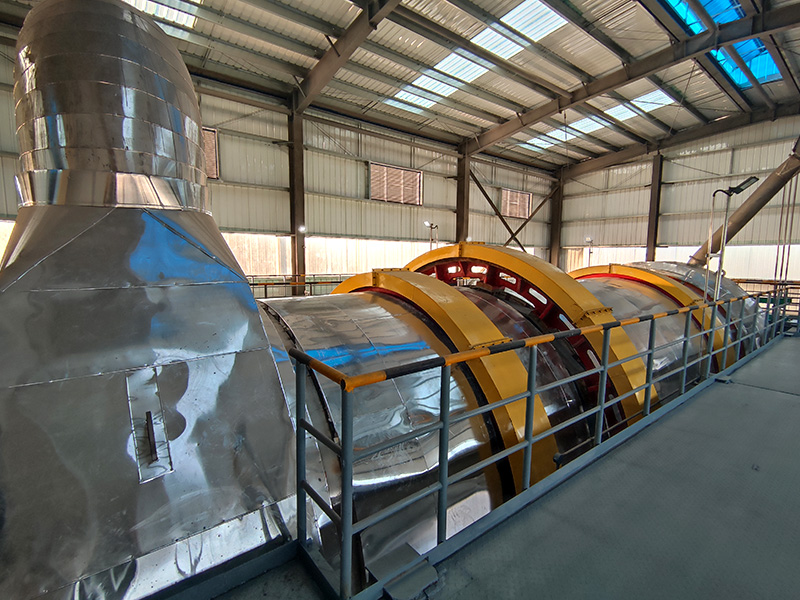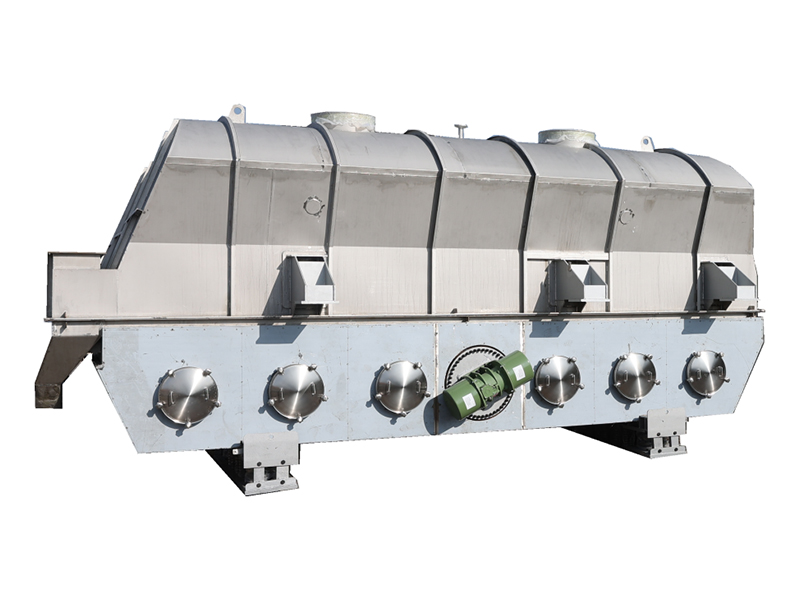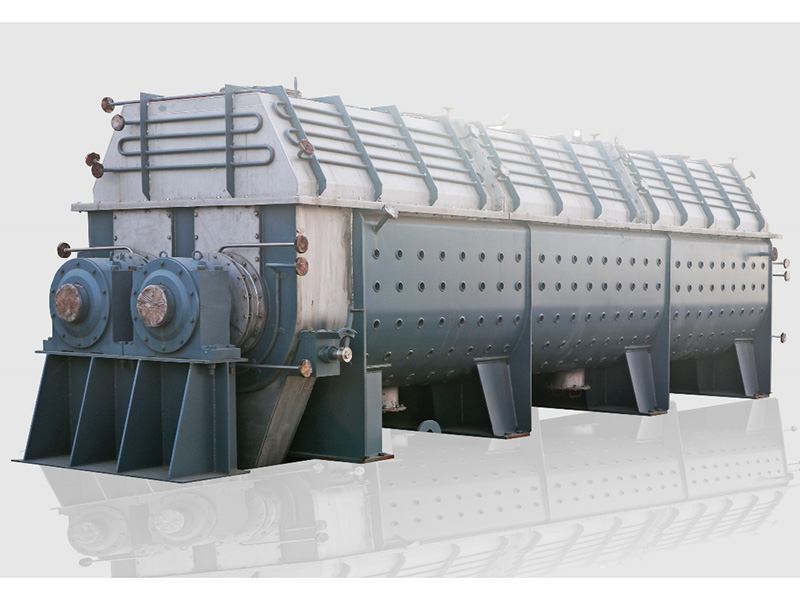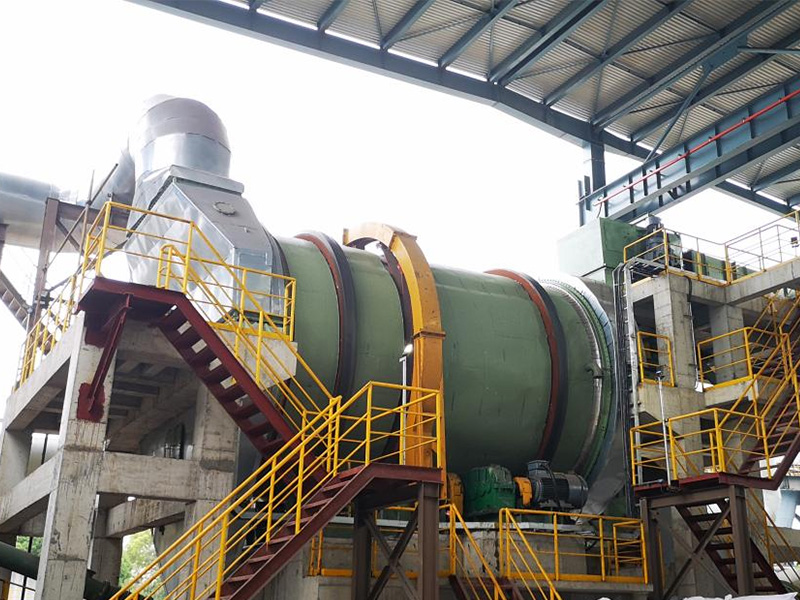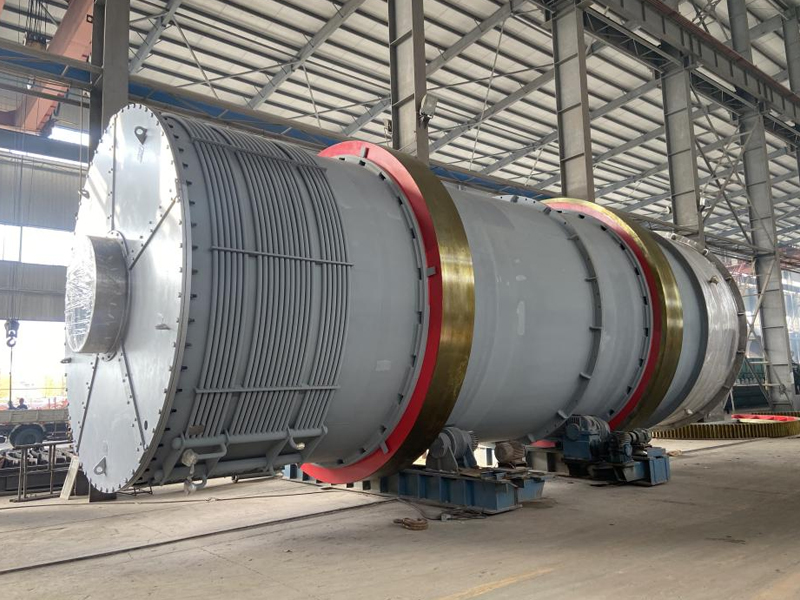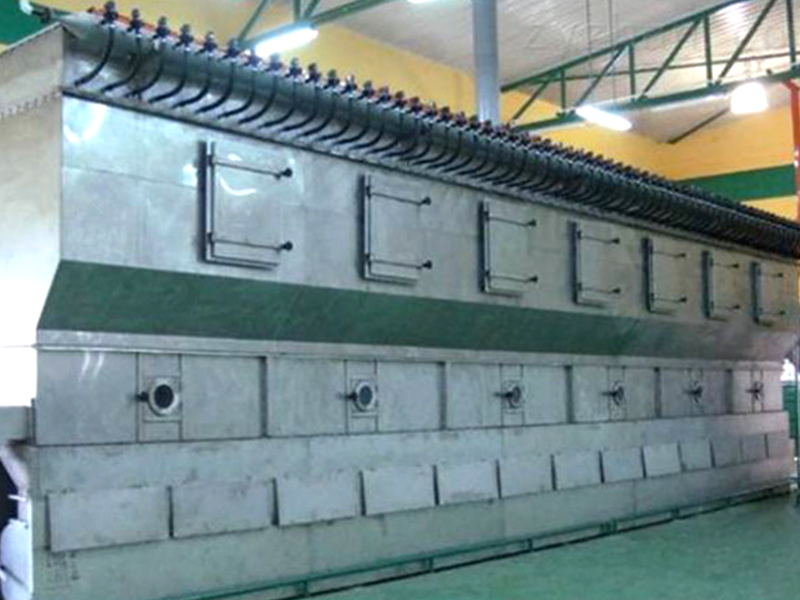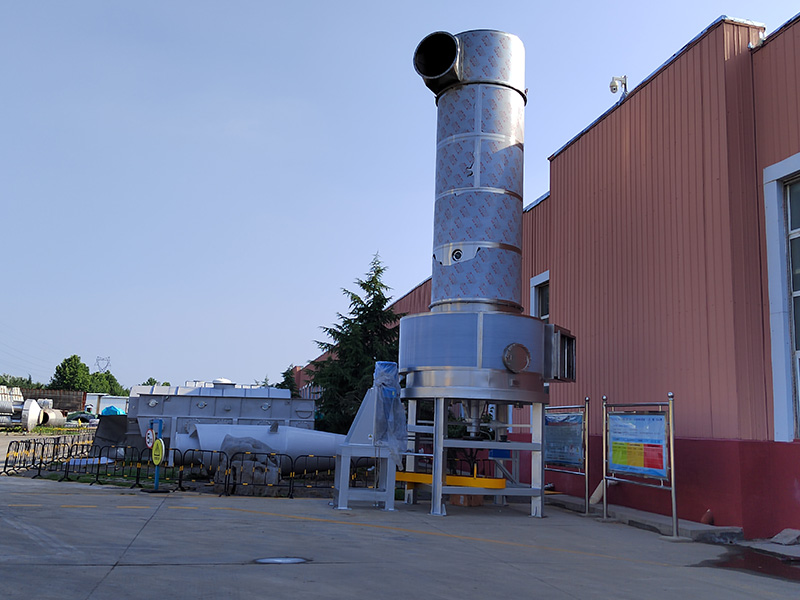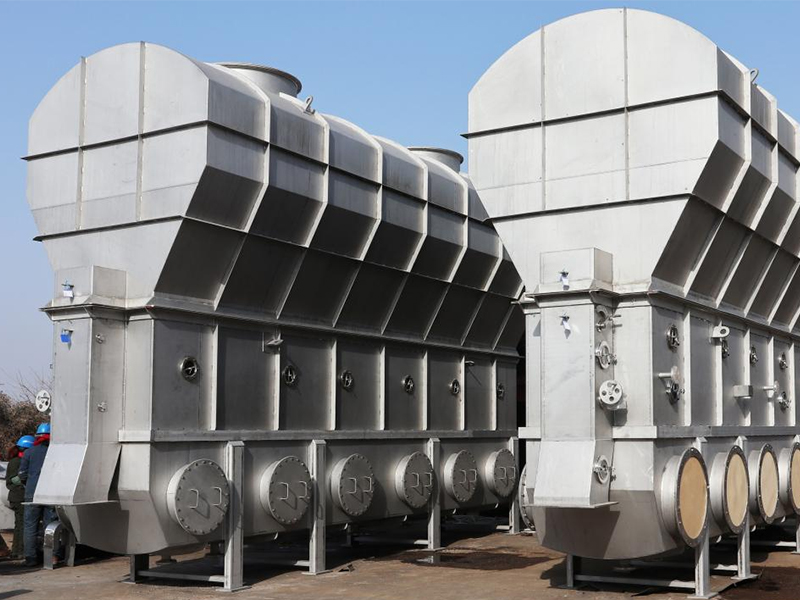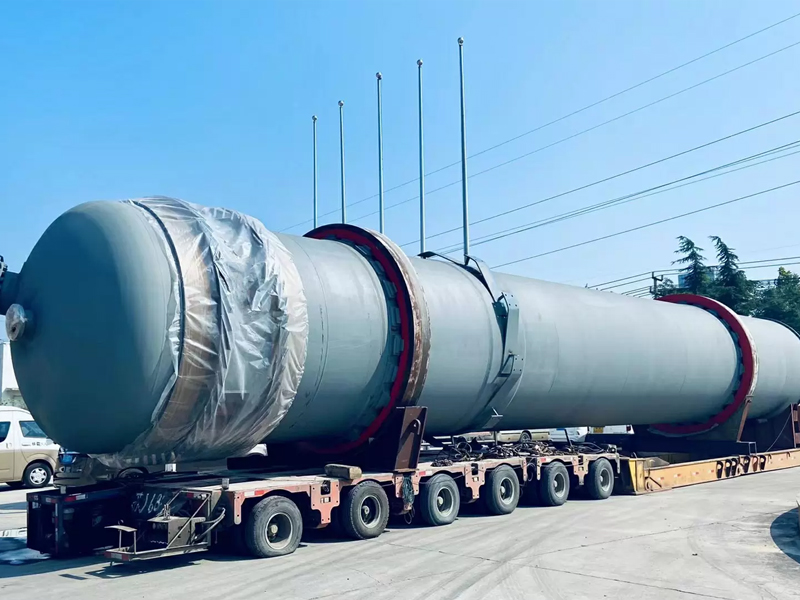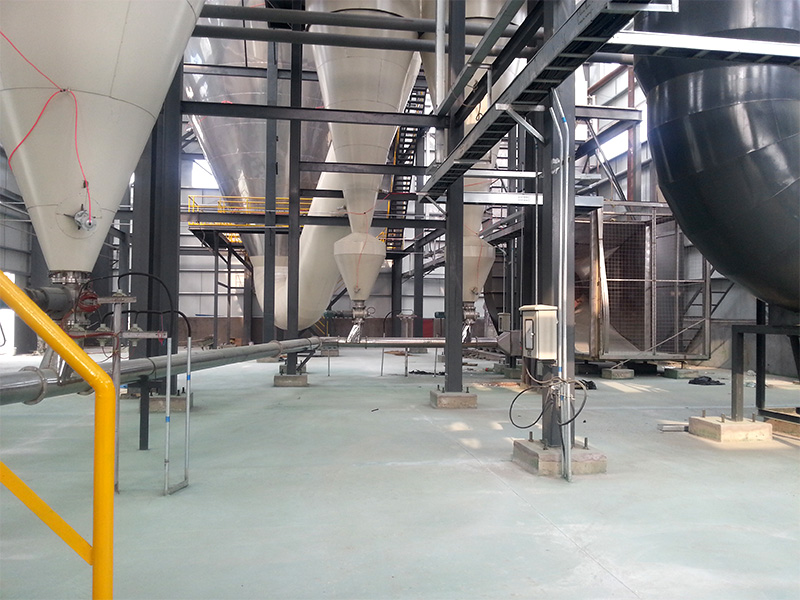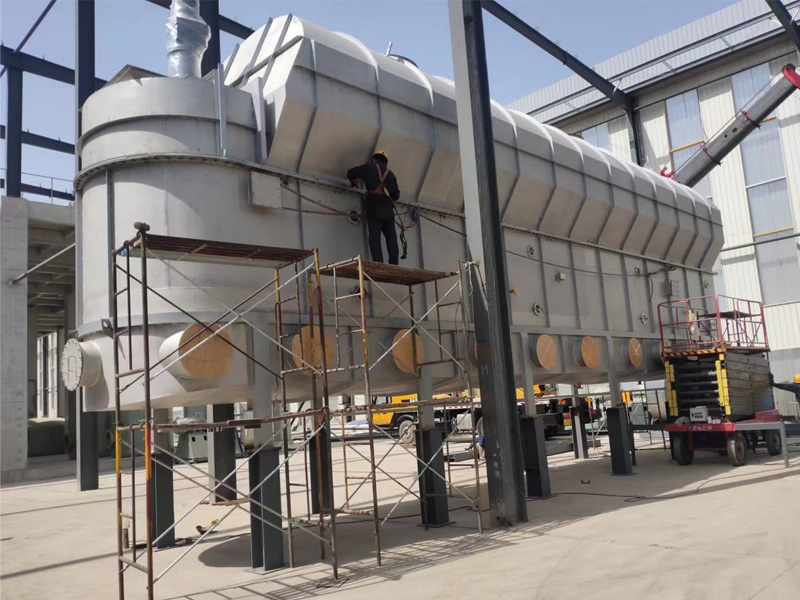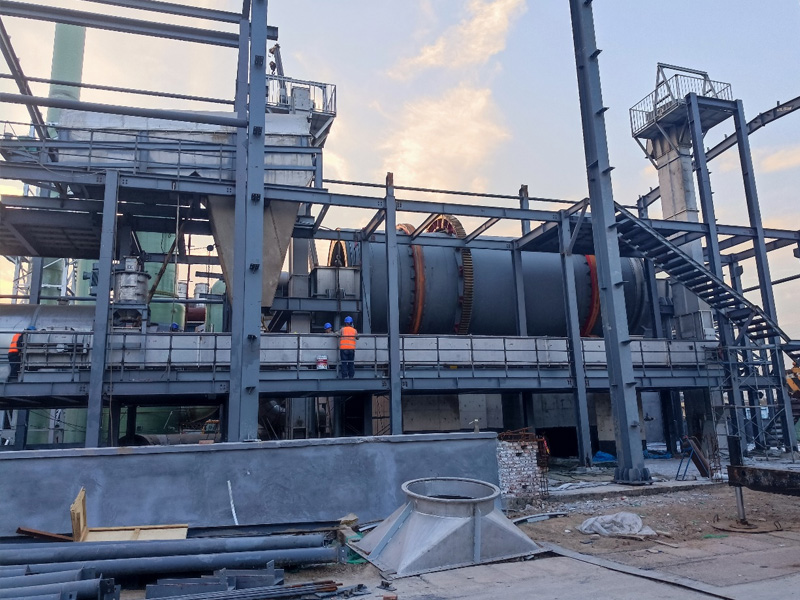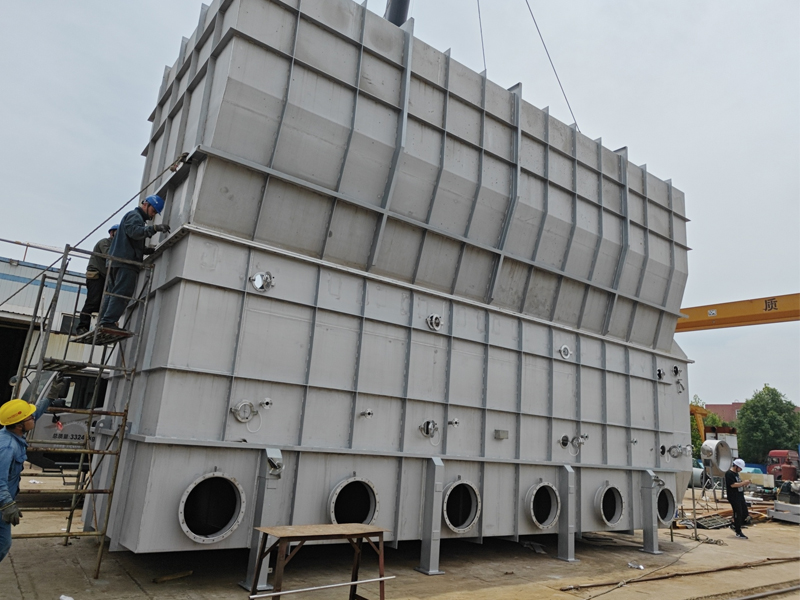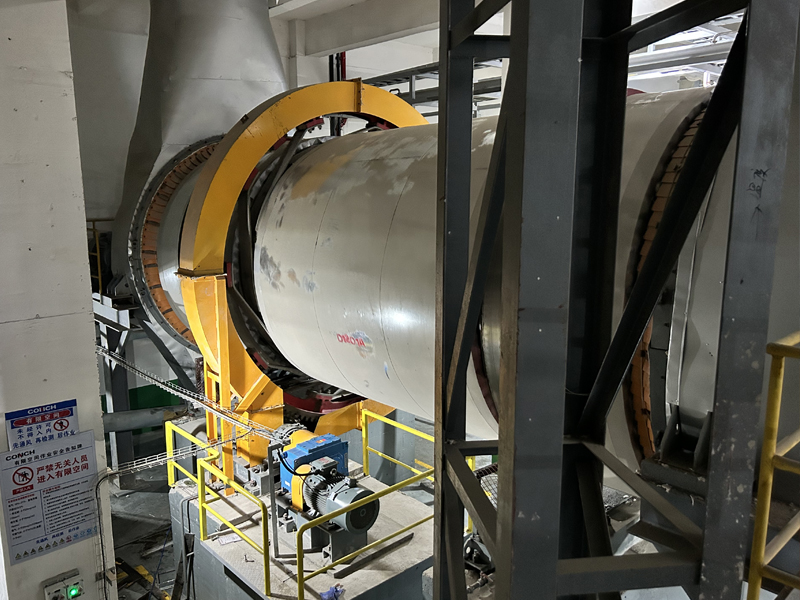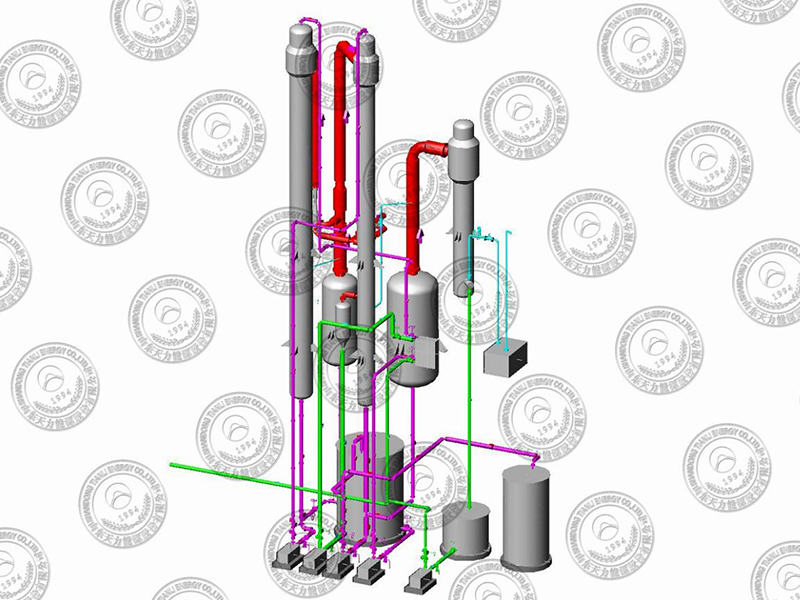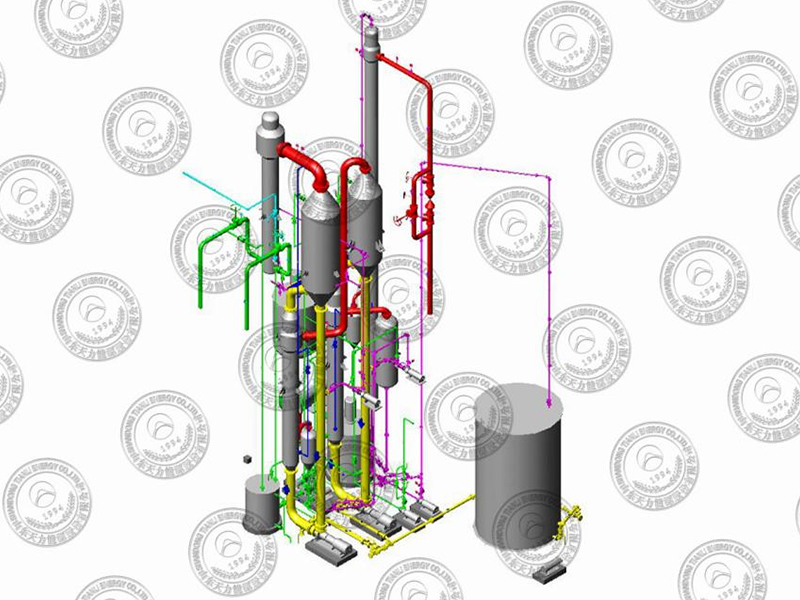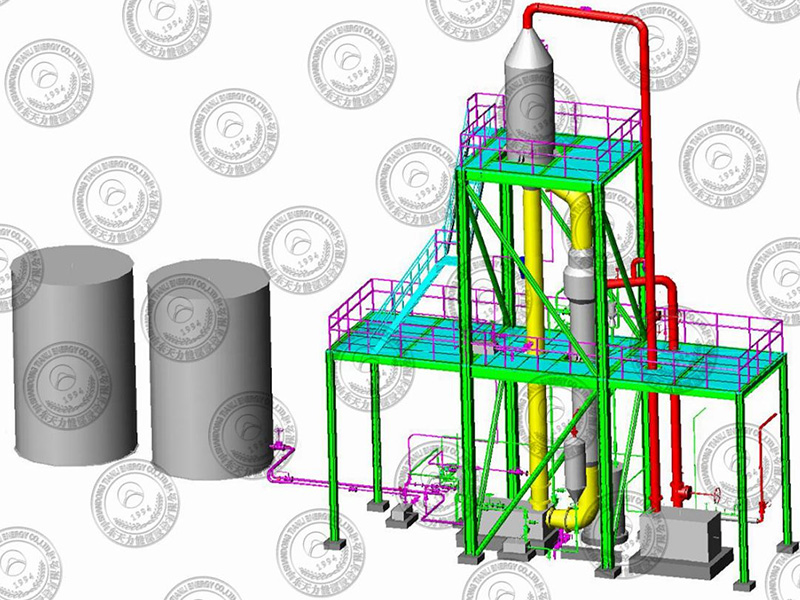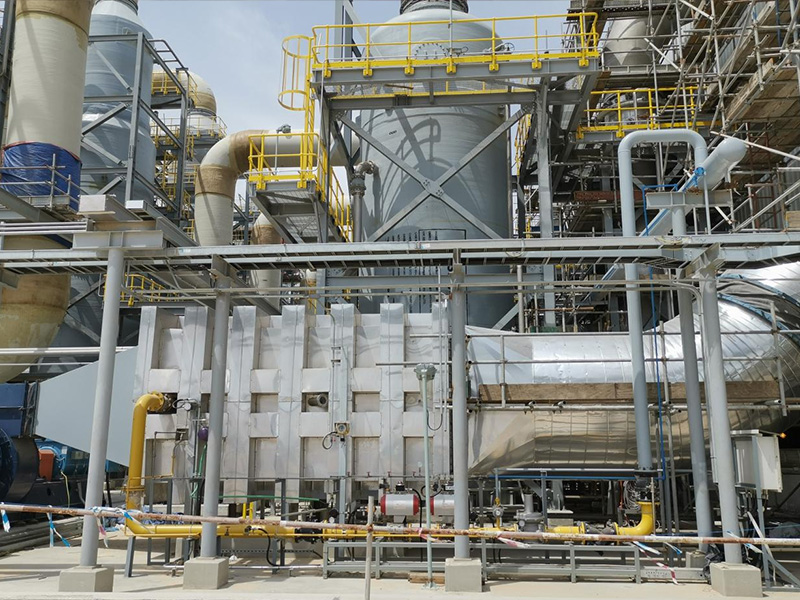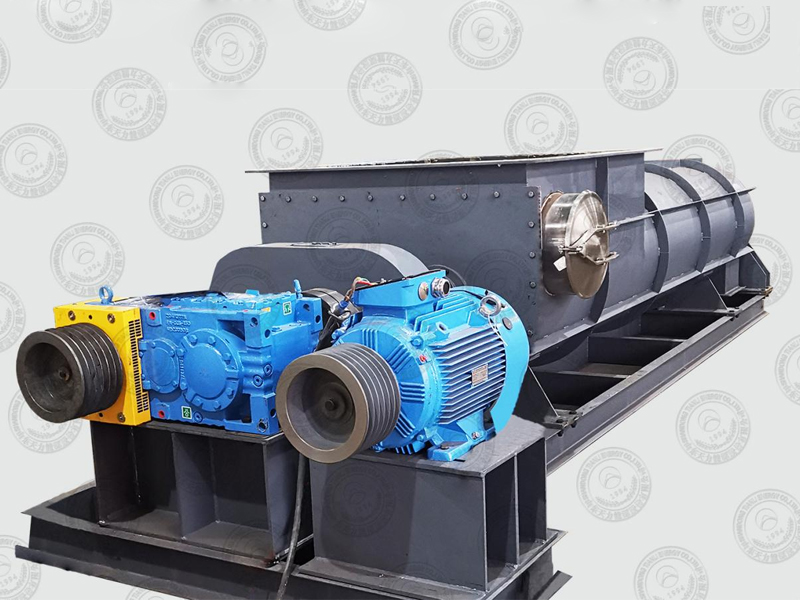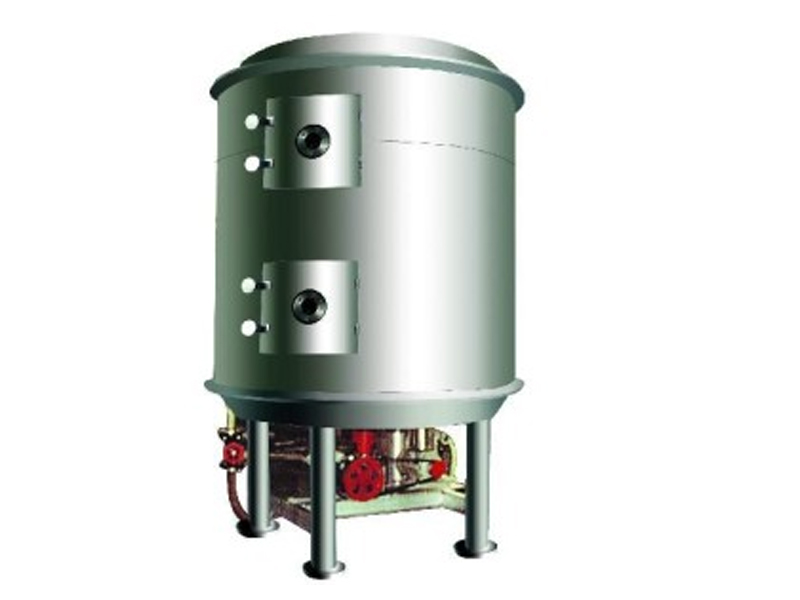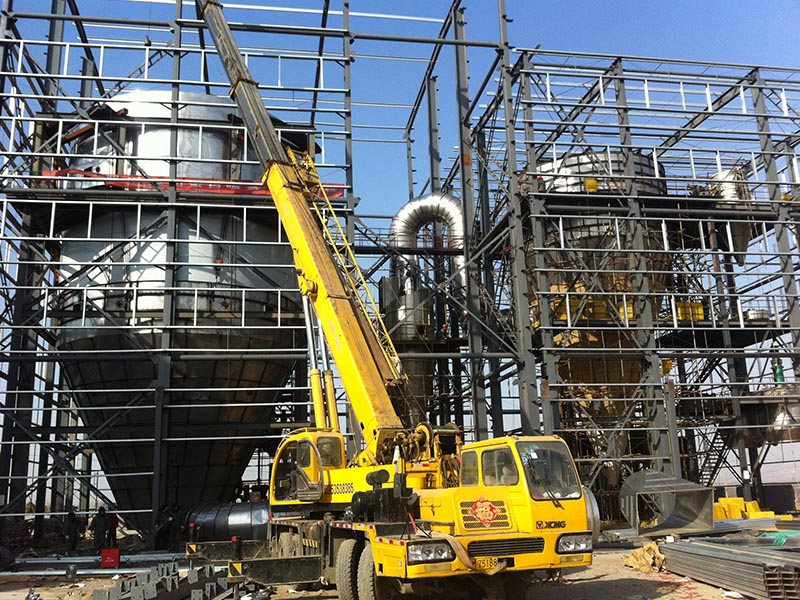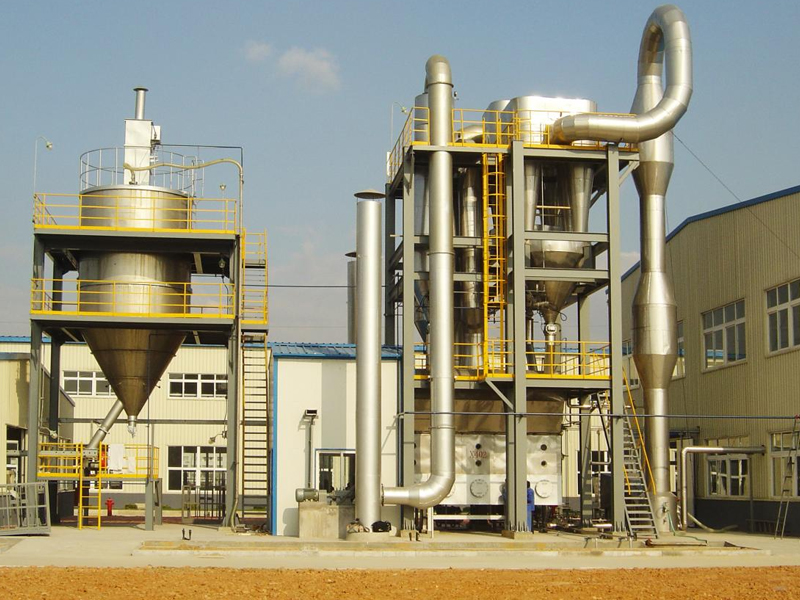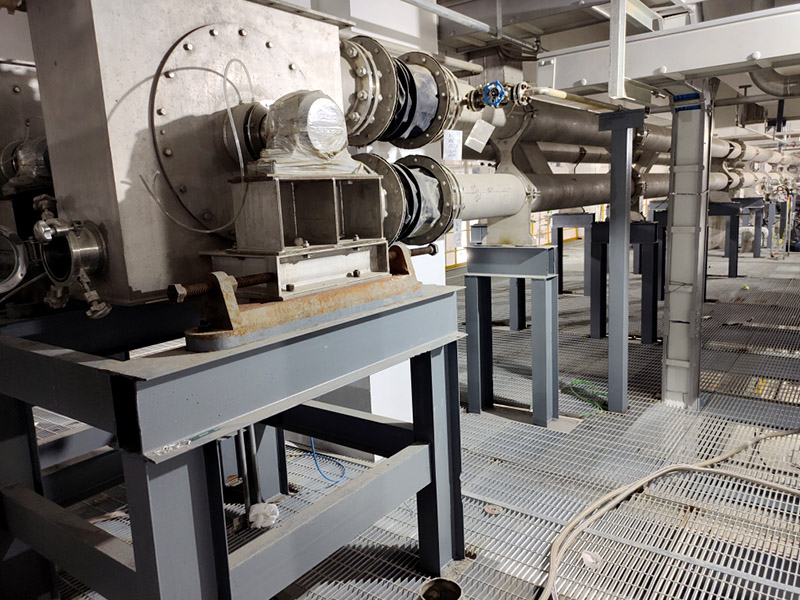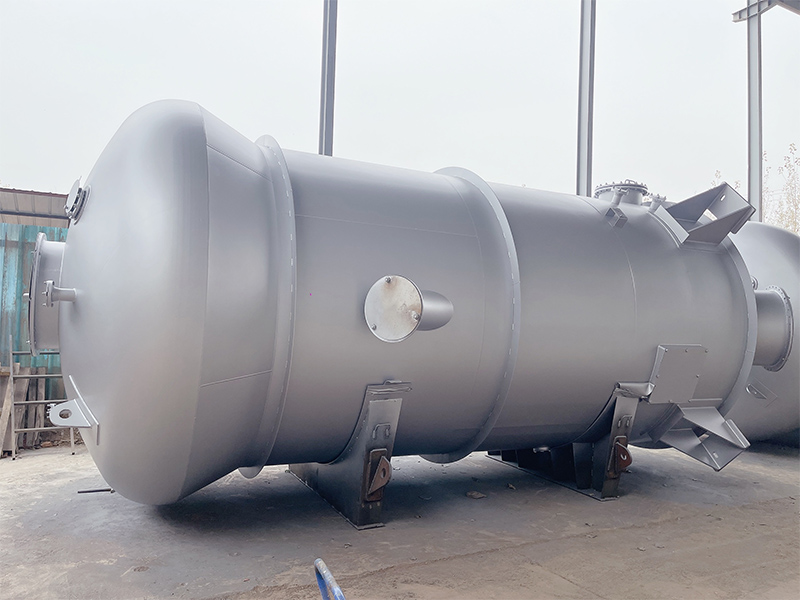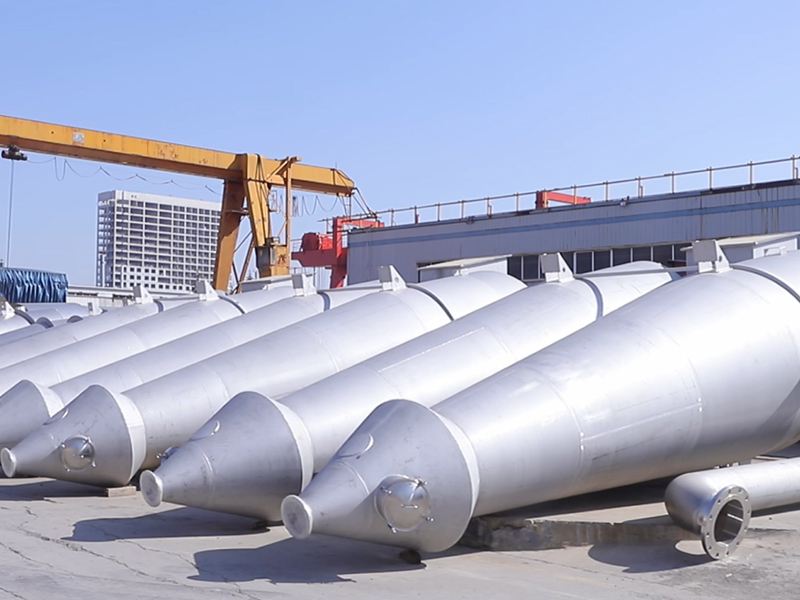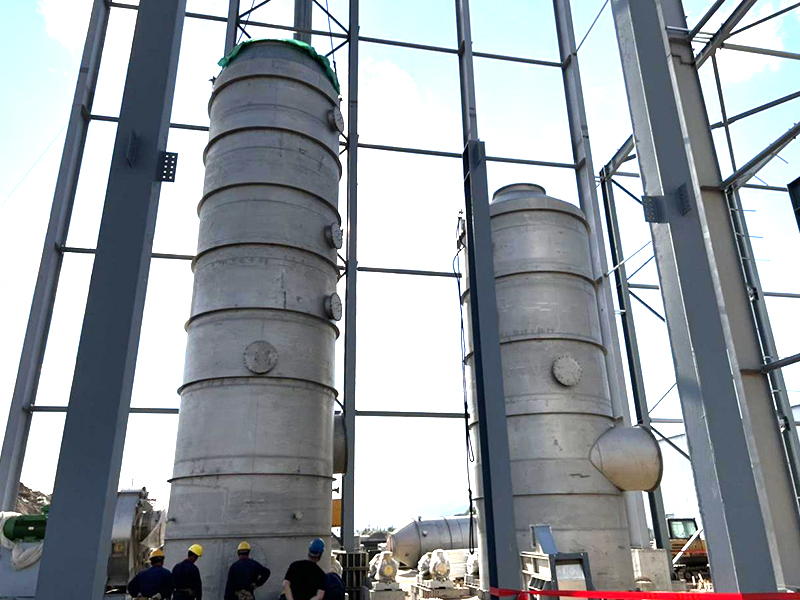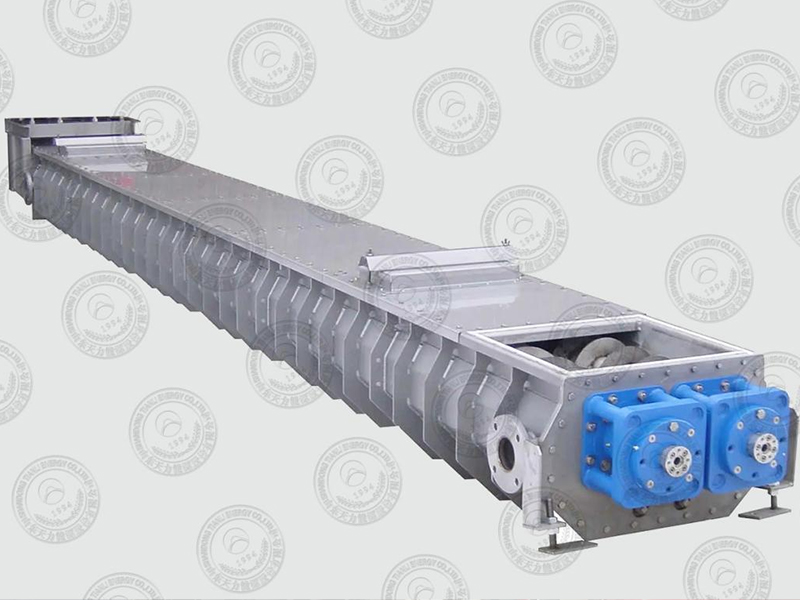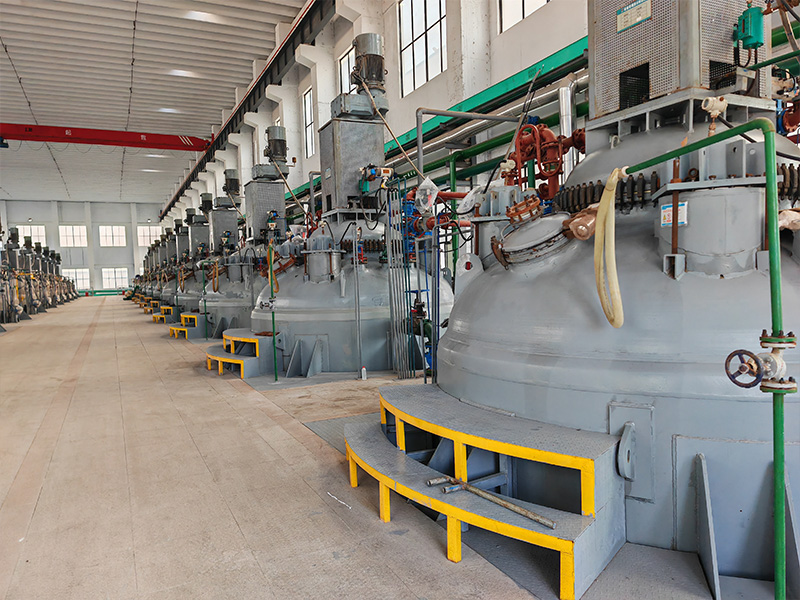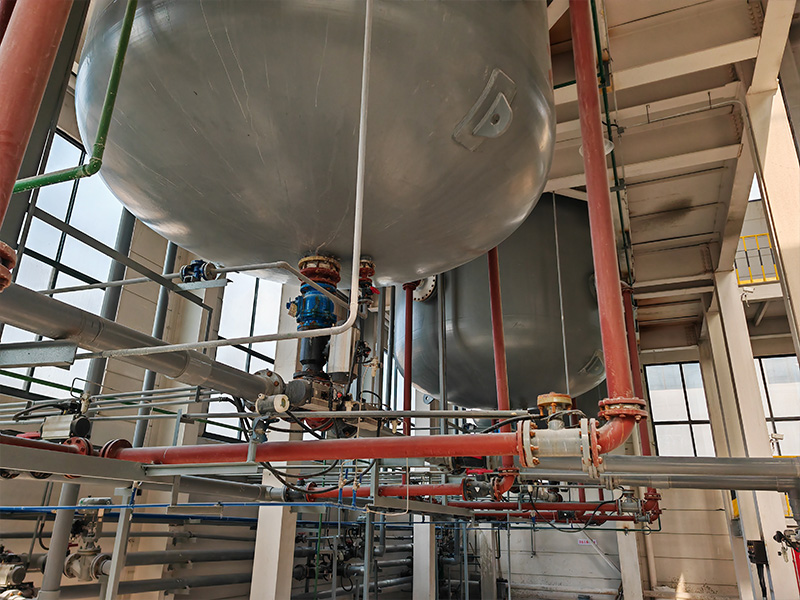LIST
PRODUCTS
Contact us
Reactors
- Tianli
- China
Equipment Structure
Equipment Structure
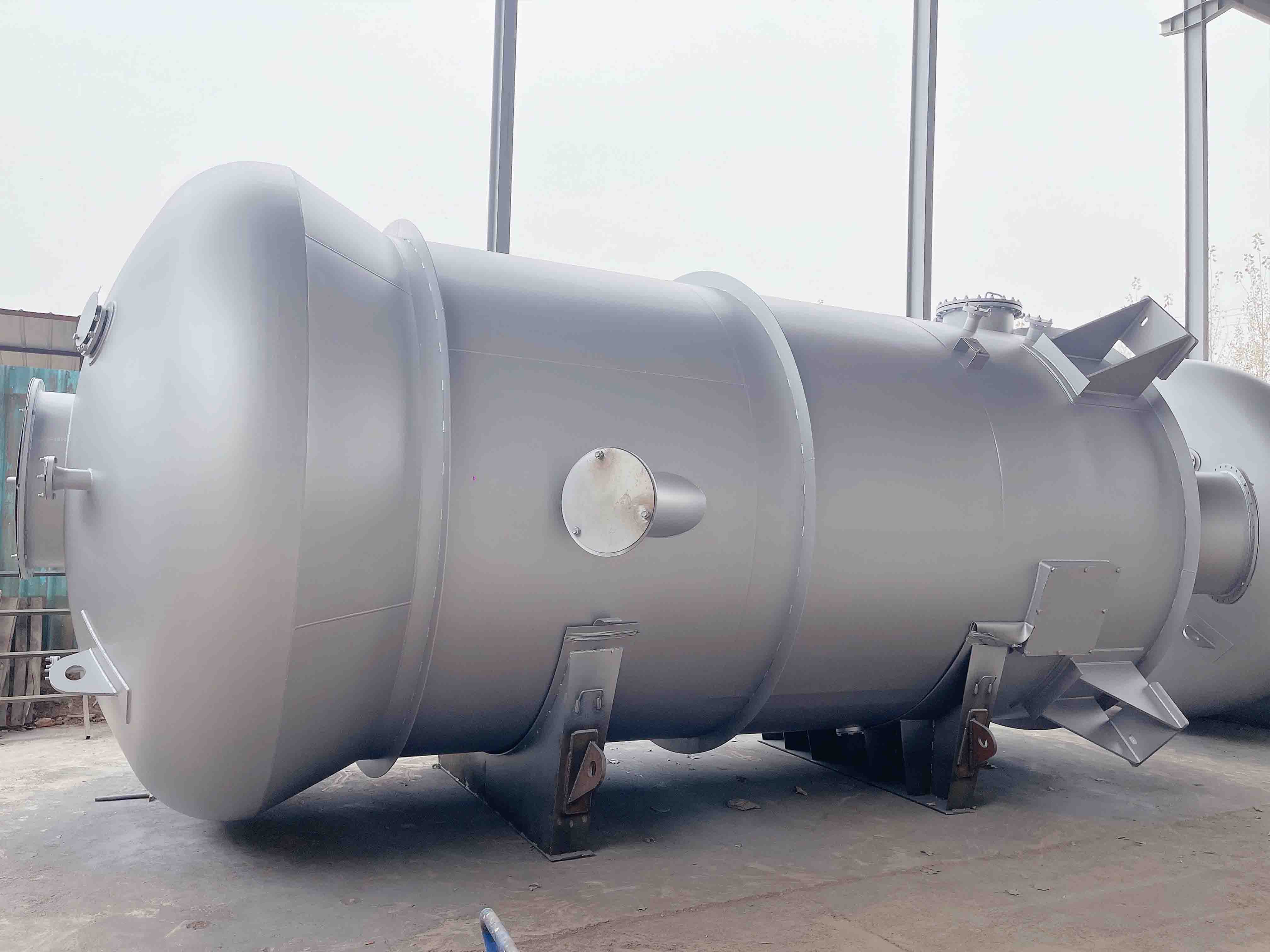
1.Reactor Body
Structural design: the tank body is in the form of vertical or horizontal cylindrical shape. The material options include Q345R carbon steel, 316L stainless steel, duplex steel 2205, or lined with polytetrafluoroethylene (PTFE), meeting the corrosion requirements of different media.
Component configuration: the inner wall is polished. Anti-clogging guide plate is included. Optional baffles, distributors, and other internal components can be selected to optimize the flow. The head form supports standard elliptical heads, conical heads, and special customized structures.
2.Stirring System
Drive device adopts servo motors or explosion-proof motors, combined with gear reducers/ magnetic couplings.
Stirring structure can be selected with various types of mixing paddles such as anchor type, turbine type, screw type, and helical type. It supports multi-layer combined mixing.
Sealing system: mechanical seals, magnetic seals, etc.
3.Tracing Heat System
Jackets/coils: full jackets, half pipe jackets, spiral coils, etc.
4.Feeding and Discharge System
Material control: it is equipped with metering pump, weighing sensor and feed device to support the accurate feeding of liquid, gas and powder materials.
Discharge device: bottom valve adopts pneumatic/electric quick opening structure, with optional filter and crushing and distributing components to meet discharge requirements of different materials.
5.Intelligent Control System
It is equipped with PLC/DCS central processing system, integrated pressure transmitter, radar level gauge, remote temperature gauge and other instrument sensors.
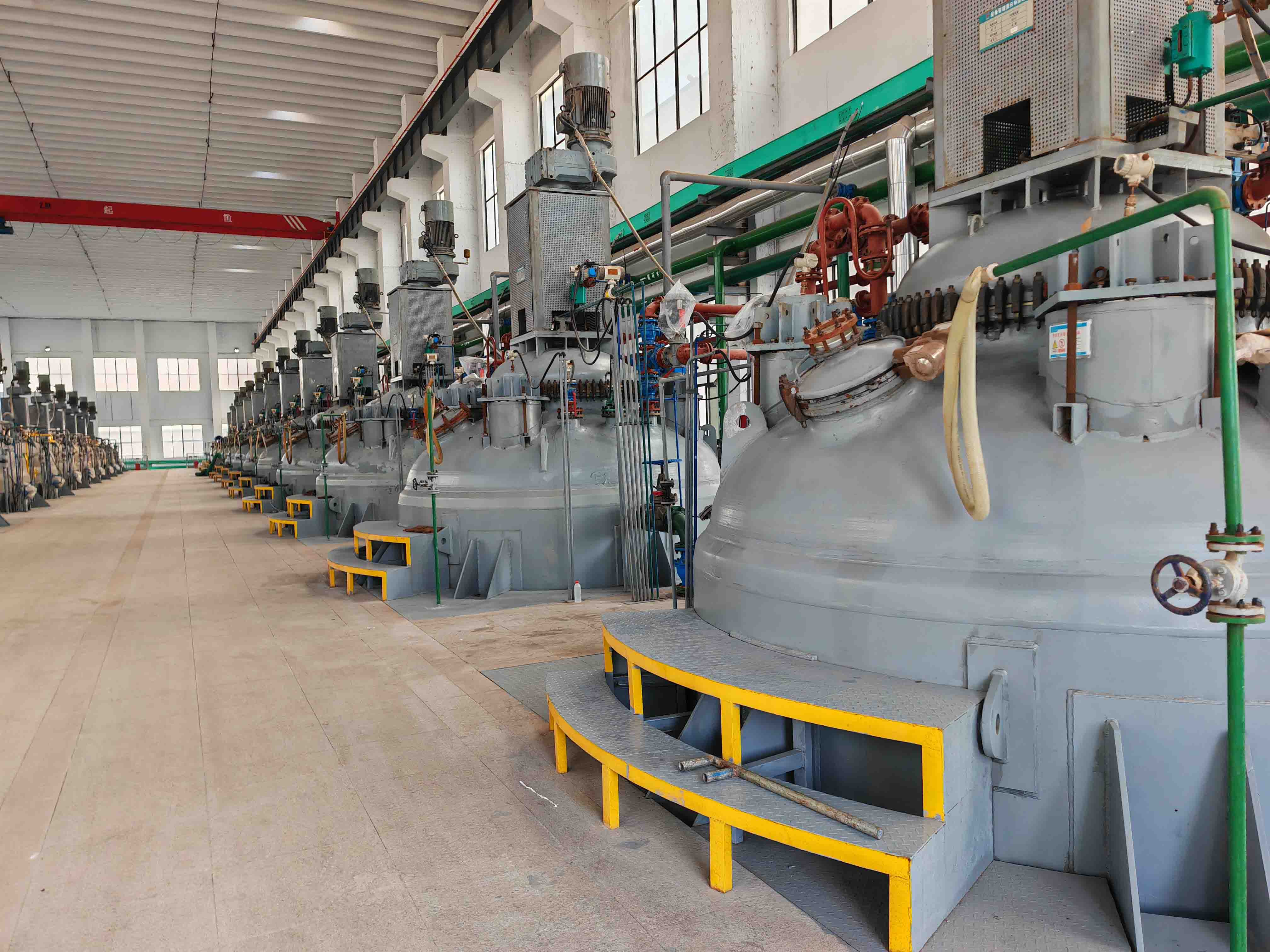
Working Principle
1.Material Pretreatment
Materials such as monomer, initiator and solvent shall be added in proportion through the metering system, and the preliminary mixing shall be done by the mixer. Meanwhile, the heat transfer system shall raise/lower the temperature of the materials to the initial reaction temperature.
2.Reaction
Dispersion and mass transfer refers to stirring causes the materials to form a uniform dispersion system. The turbine-type stirrer generates strong shear force (suitable for emulsion polymerization), while the anchor-type blades prevent the high-viscosity system from adhering to the walls.
Heat regulation is achieved through the regulation of the flow rate of the heat-conducting medium in the jacket / coil to balance the heat release/ absorption during the polymerization reaction in real time, ensuring the rate of temperature rise (for systems with intense heat release, an emergency cooling system is equipped).
Parameter monitoring means online chromatograph conducts real-time analysis of the monomer conversion rate, and the pressure sensor dynamically adjusts the opening degree of the vent valve to maintain the reaction pressure stable.
3.Product Treatment
The reaction endpoint is triggered by both the viscosity and temperature curves. The discharge system is activated under low-speed stirring. The emulsion product is de-emulsified by a static mixer and then enters the separation process. The entire process can be fully automated and controlled by DCS.

Core Technology Advantages
1. It can be supplied with process control capability, temperature control, stirring speed fluctuation rate, supporting complex processes such as gradient heating and segmented pressure control;
2.Adaptability design includes inner lining made of PTFE / enamel layer resistant to strong acids and alkalis, and Hastelloy C276 suitable for fluorine and chloride ion corrosion systems,capable of handling various forms of materials. It supports intermittent, semi-continuous, and continuous operations, equipped with functions such as vacuum degassing, inert gas protection, and online sampling;
3.Different protective measures are designed according to different process requirements: rupture discs, safety valves and emergency discharge system to ensure pressure safety;
4.Intelligent operation and maintenance system and digital delivery to provide 3D models, PID flowcharts, equipment manuals and process packages;
5.Applicable industries: petrochemical industry, new materials and specialty chemicals, biomedicine and environmental protection.


